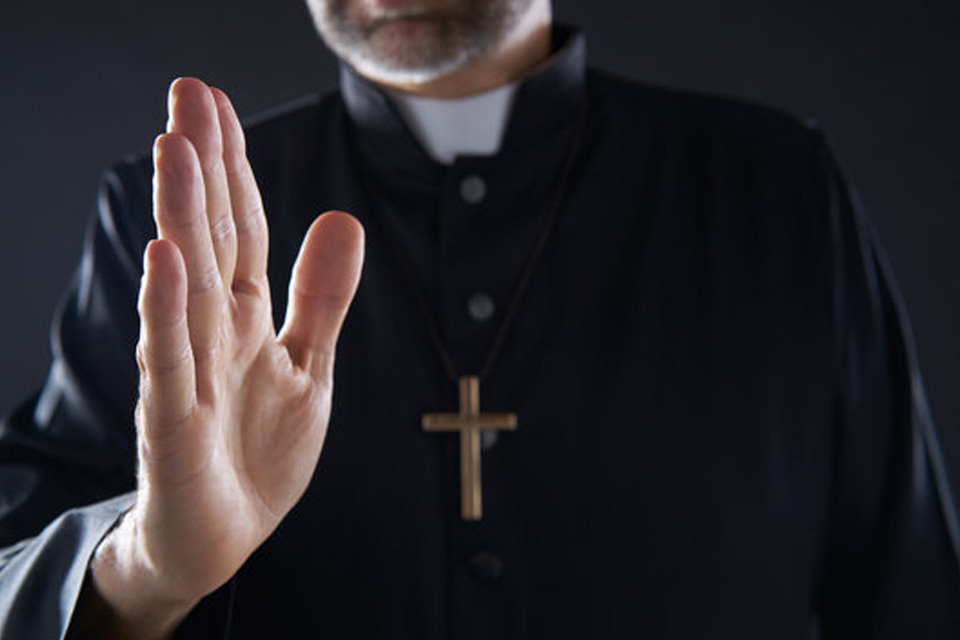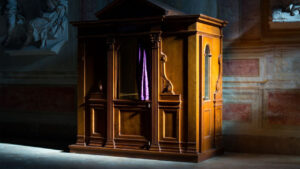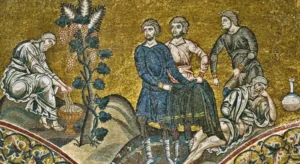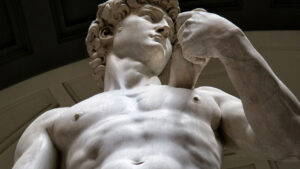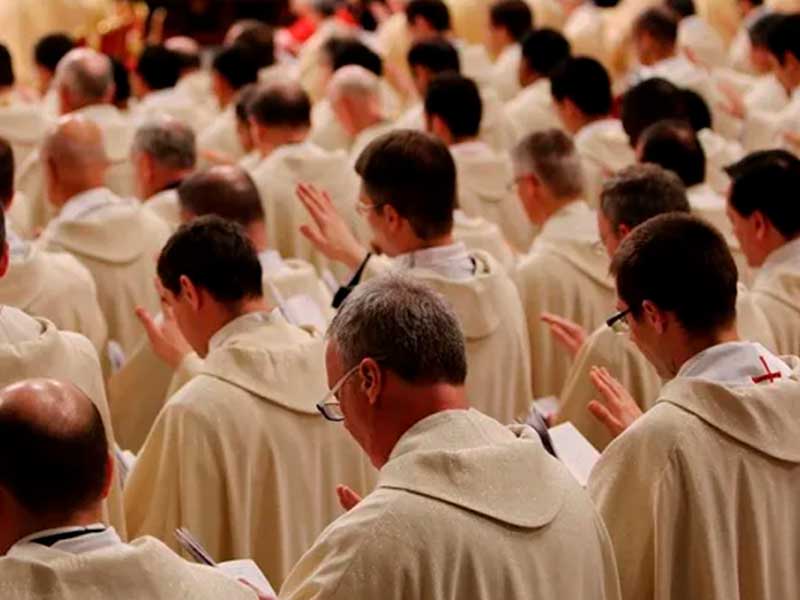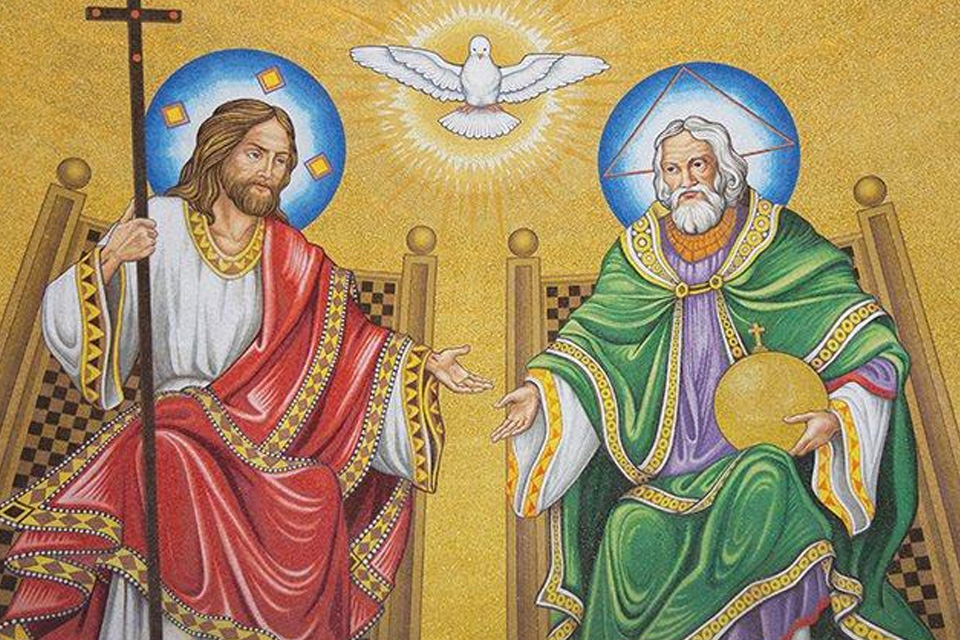Question:
Does there exist Catholic regulation or formality or a type of biblical reference that obligates priests to perform blessings with their right hand, or is it indistinct if they can perform it with both hands? Is the significance the same?
Answer:
The hand, which among the parts of the body expresses activity, work, and that after this the face is the part that most manifests the soul, religious language has always had the hand as a sign of power and strength. From here come the biblical expressions manus Dei o Dextra Domini. This is to say, “the right hand of the Lord” is a symbol of the Divine Power.
We have some elements in the Bible that can help orient us. For example, in the Old Testament, the blessing of Jacob given to his son Joseph and to his children tells us that the blessing can be done with both the right as well as with the left, however, the one that was done with the right was more important: “Joseph took them both, Ephraim with his right hand, to the left of Israel, and Manasseh with his left hand toward Israel’s right, and brought them close to himself. Israel stretched out his right hand and laid it on the head of Ephraim, even though he was the younger, and his left hand over Manasseh’s head: that is to say he crossed his hands, although Manasseh was the firstborn; and he blessed Joseph saying,“The God before whom my fathers Abraham and Isaac walked(…)When Joseph saw that his father laid his right hand on Ephraim’s head, it displeased him; and he grasped his father’s hand to remove it from Ephraim’s head to Manasseh’s head.Joseph said to his father, “Not so, my father, for this one is the firstborn. Place your right hand on his head.” But his father refused and said, “I know, my son, I know; he also will become a people and he also will be great. However, his younger brother shall be greater than he, and his descendants shall become a multitude of nations.” (Genesis 48:13-19). Mons. Straubinger comments on this passage in the Bible by saying, “it was considered that the right hand was the one that better transmitted the father’s blessing.”
Original Post: Here
Other Post: What is the difference between Redemption and Salvation?

